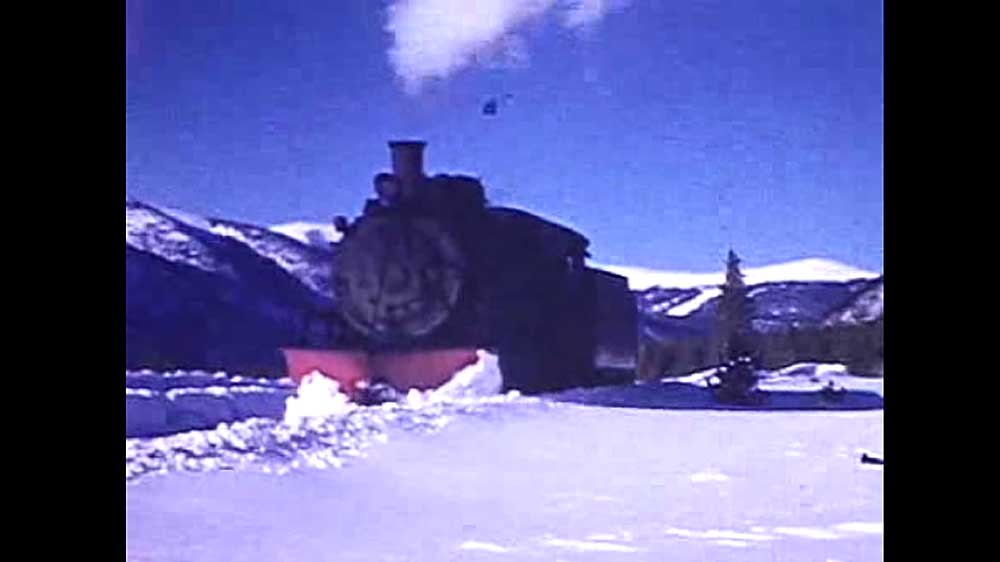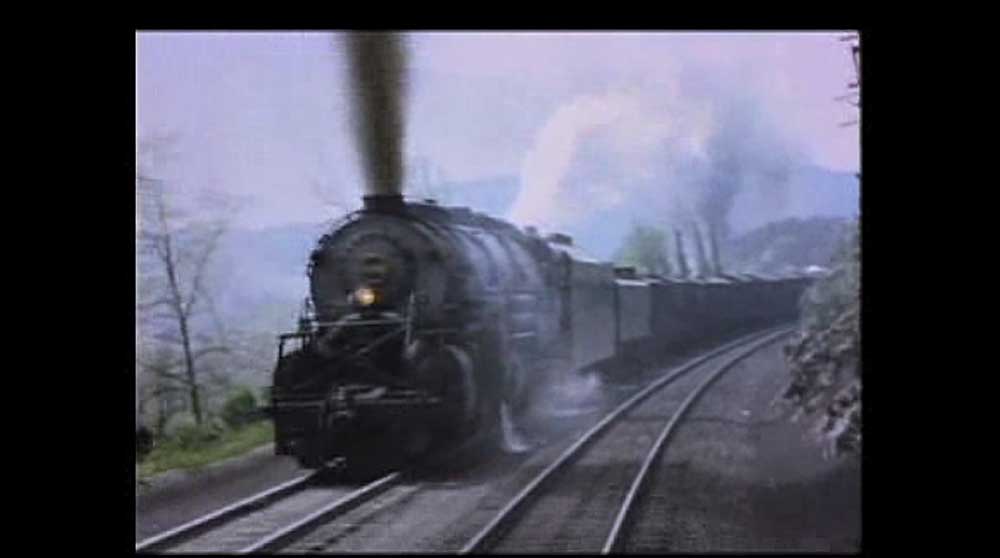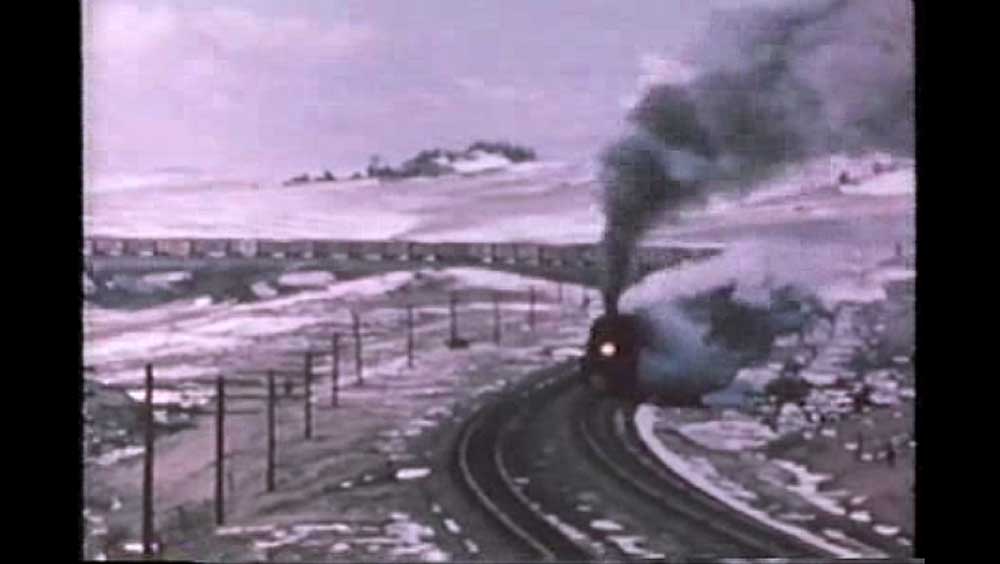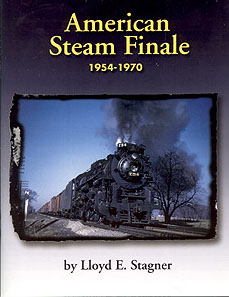
Lloyd Stagner’s book AMERICAN STEAM FINALE, 1954-1970 (South Platte Press, 2001; www.southplattepress.com) is the definitive resource on the end of steam on U.S. Class 1’s and short lines. In “Just Who Was First to Dieselize,” in Diesel Victory (2006), we mentioned 17 U.S. Class 1 railroads that dieselized early. To qualify for the list, the […]
Read More…

MTH HO scale Dreyfuss Hudson steam locomotive This streamlined New York Central J3a Hudson accurately models the art deco curves of its famous prototype. The MTH HO scale “Dreyfuss” Hudson features realistic sound and smoke effects and operates on DC, Digital Command Control (DCC), and MTH Digital Command System (DCS) layouts. Prototype. In 1938 the […]
Read More…

Intermountain Railroad HO scale SP AC-12 Cab Forward First let me say that the Southern Pacific Cab Forward is my favorite Steam Engine, no matter what the scale. I once received a birthday card sent from Mr. Cab Forward! After purchasing two first run Cab Forwards when they hit the market, and spending countless hours […]
Read More…
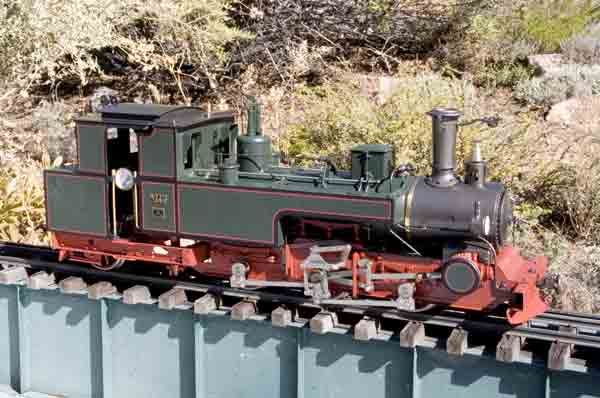
Accucraft Saxonia III K live-steam locomotive Marc Horovitz 1:20.3 scale, gauge 1, Saxonia III K, live-steam locomotive Made by Accucraft for: MBV Schug Neustrasse 18 D-54340 Detzem Germany Price: €2,680 Web site: www.accucraft.de Model of a III K class, 0-6-2T locomotive from the Saxonian State Railway; two, inside, double acting, piston-valve cylinders (outside valves); butane […]
Read More…
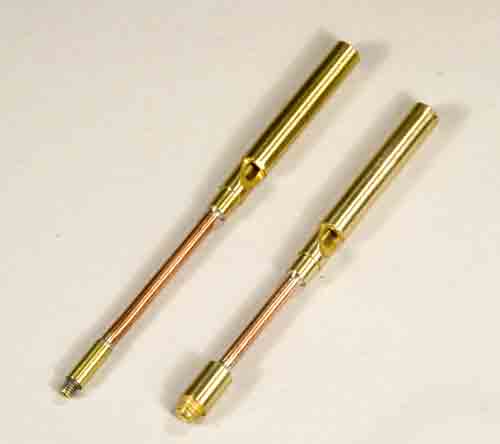
Subscribers: Don’t miss the exclusive product highlight video of these chuffer pipes in action! Chuff pipe for live-steam locomotives Marc Horovitz Chuff pipe for live-steam locomotivesSummerlandsGreat BritainWeb site: www.summerlands-chuffer.co.ukAvailable in the USA from:NGT Models 1816 Vermont Avenue Lansing MI 48906Price: $43 ea., postpaidWeb site: www.ngtmodels.com Replacement exhaust pipe for Accucraft (and other) live-steam locomotives to […]
Read More…
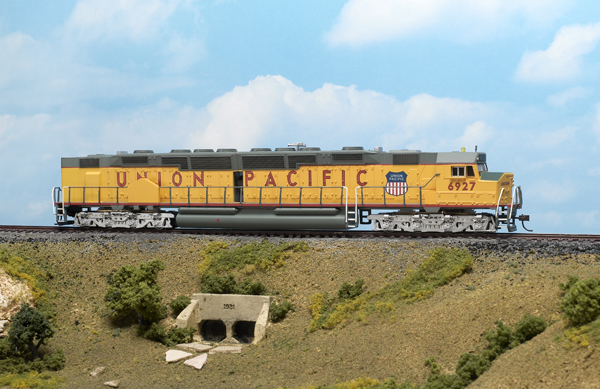
Bachmann HO scale EMD DDA40X diesel locomotive Now available with a dual-mode Digital Command Control (DCC) decoder, Bachmann’s HO scale model of the 98-foot-long DDA40X has dual motors that make it a powerful puller. This is appropriate, since the prototype’s dual 3,300-hp diesel engines made it the most powerful diesel-electric locomotive ever built. 100 years […]
Read More…

